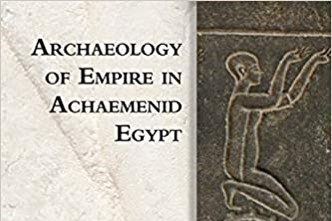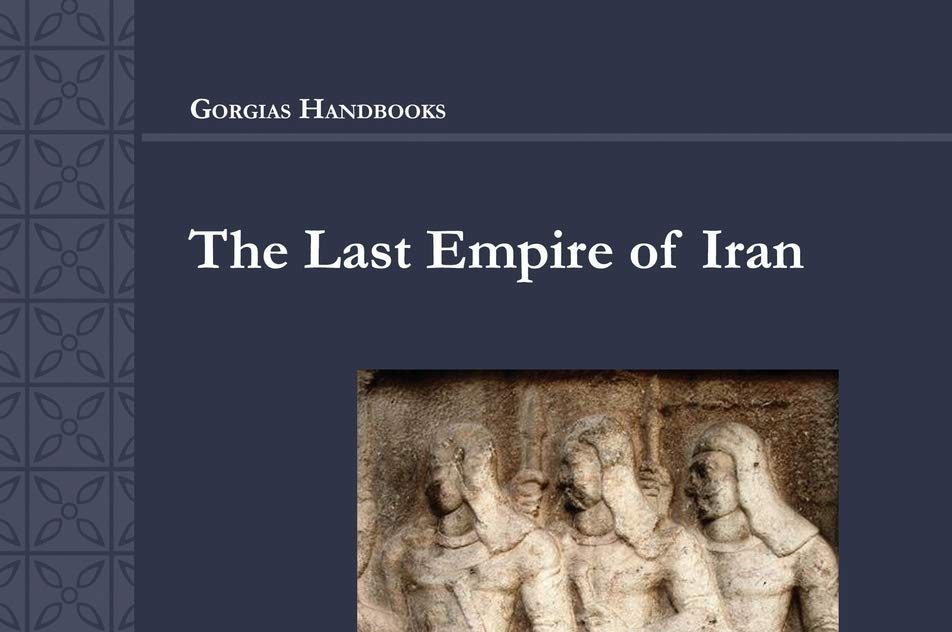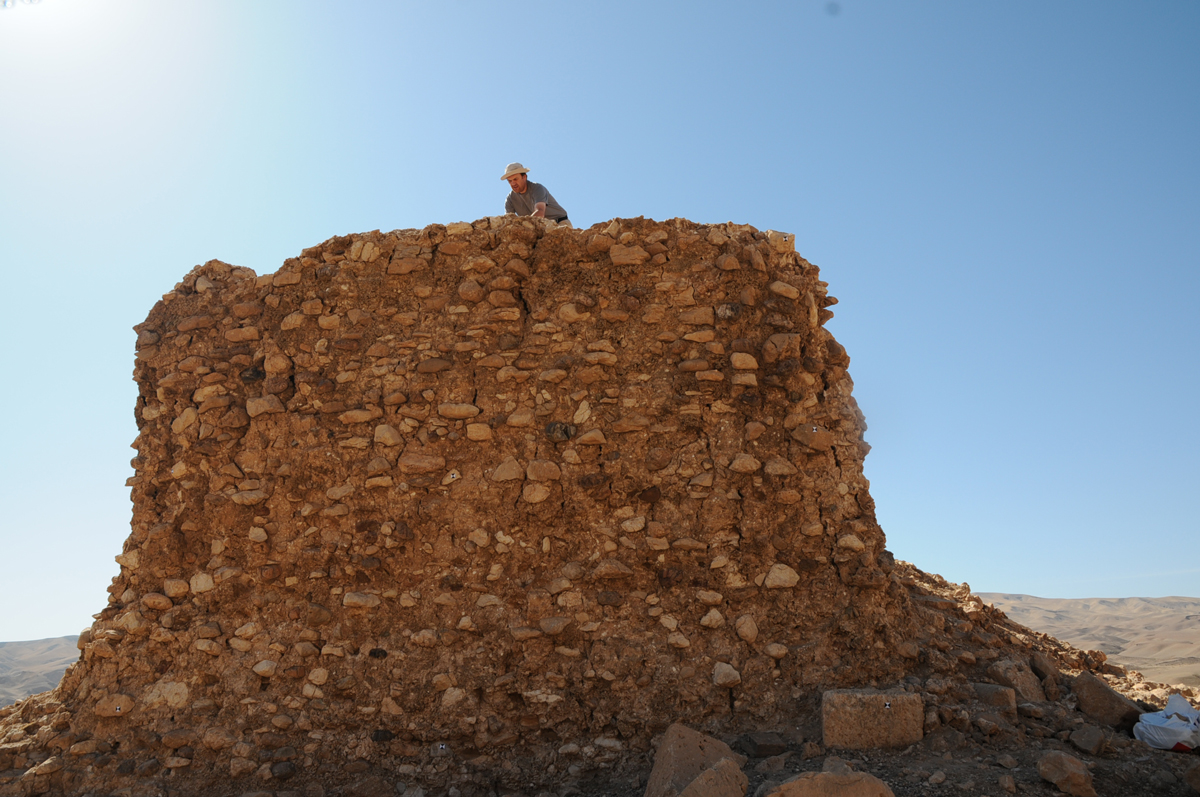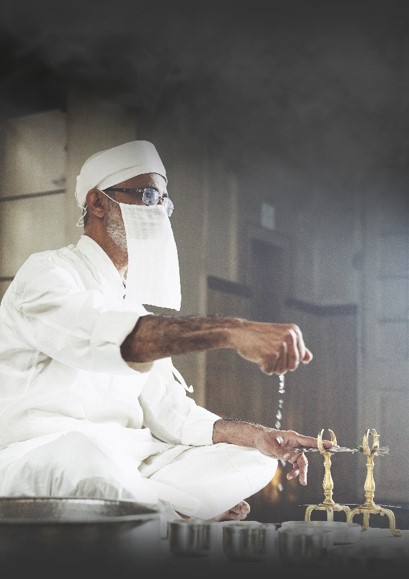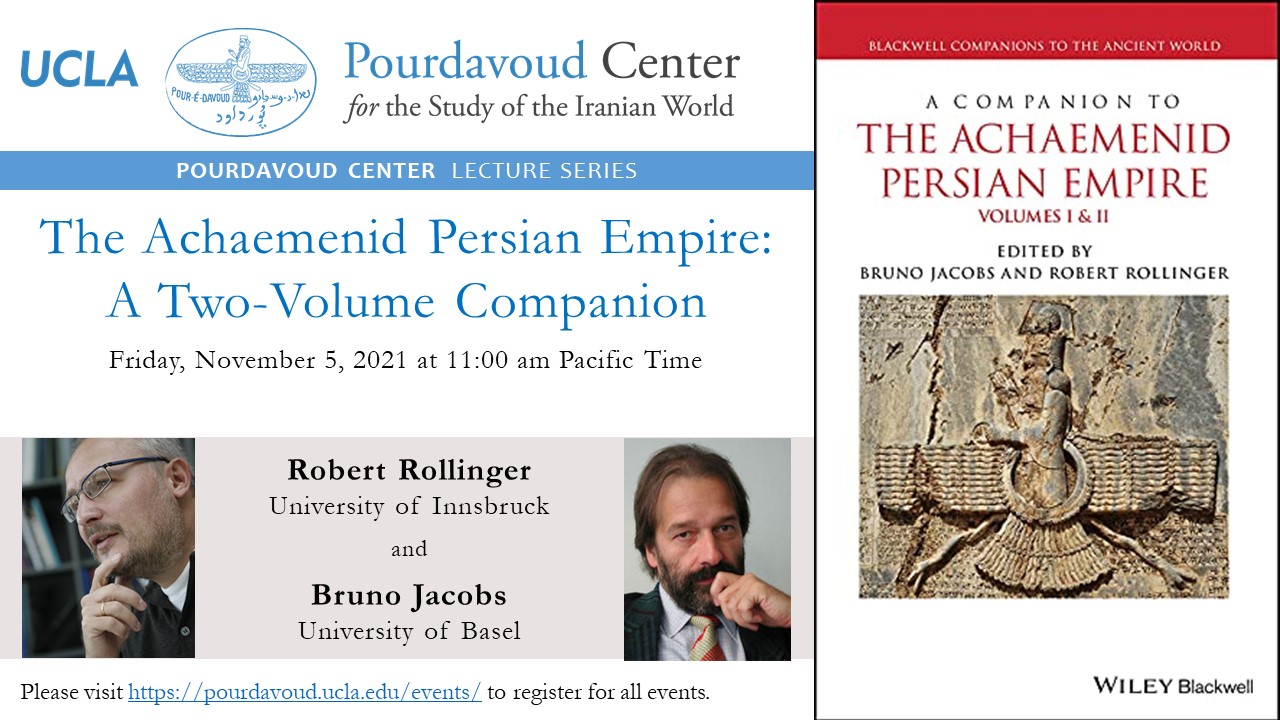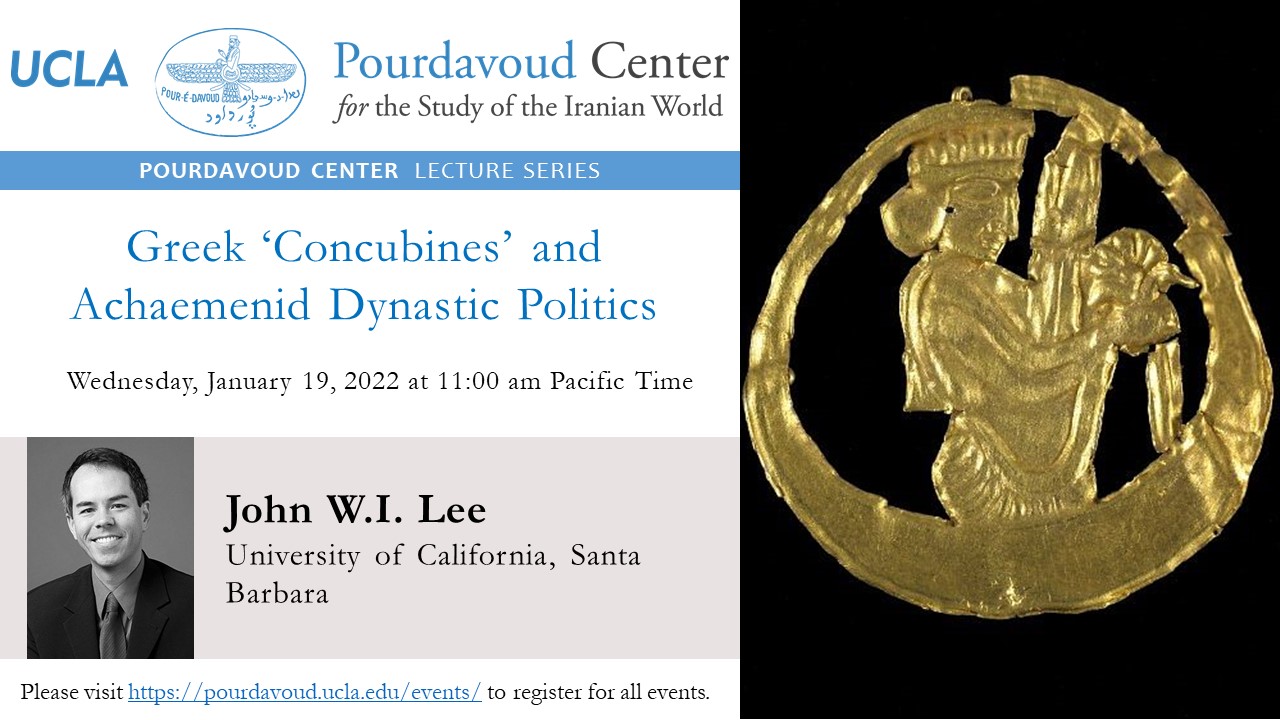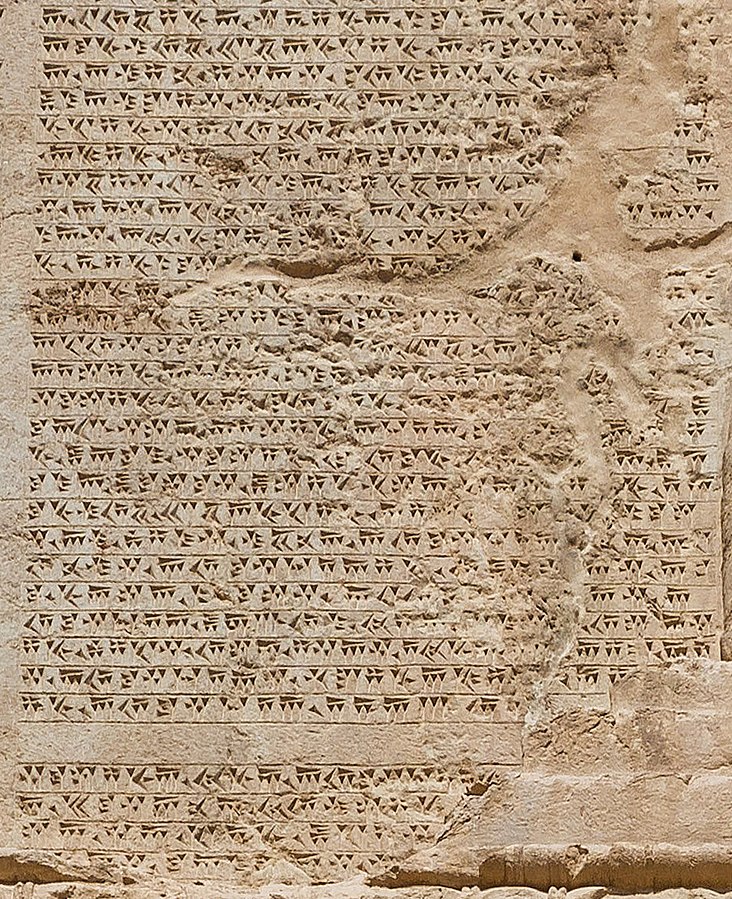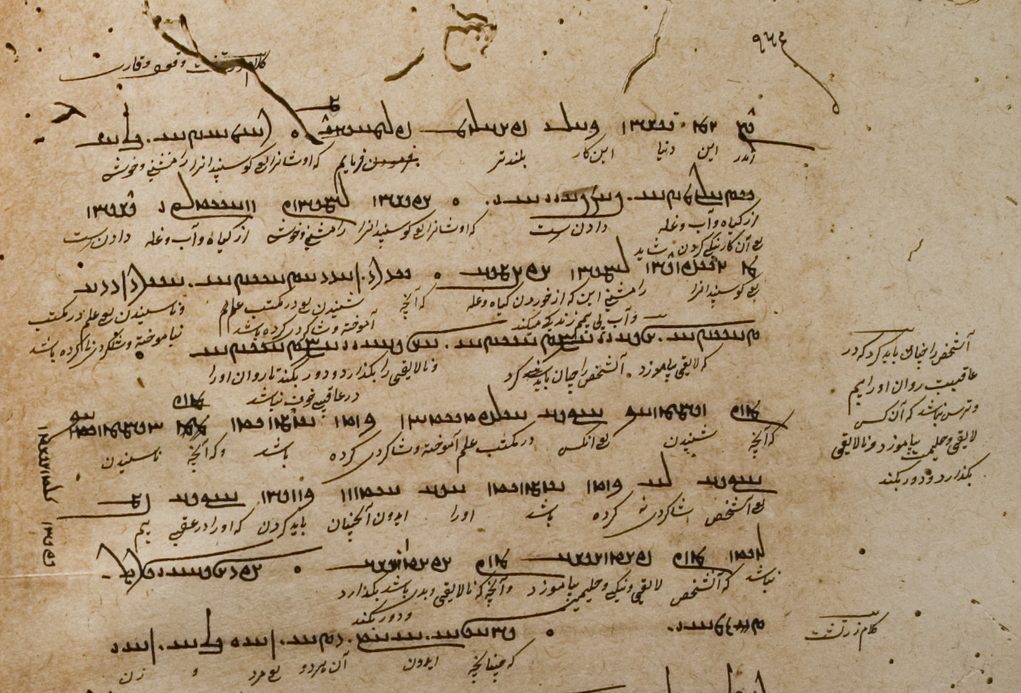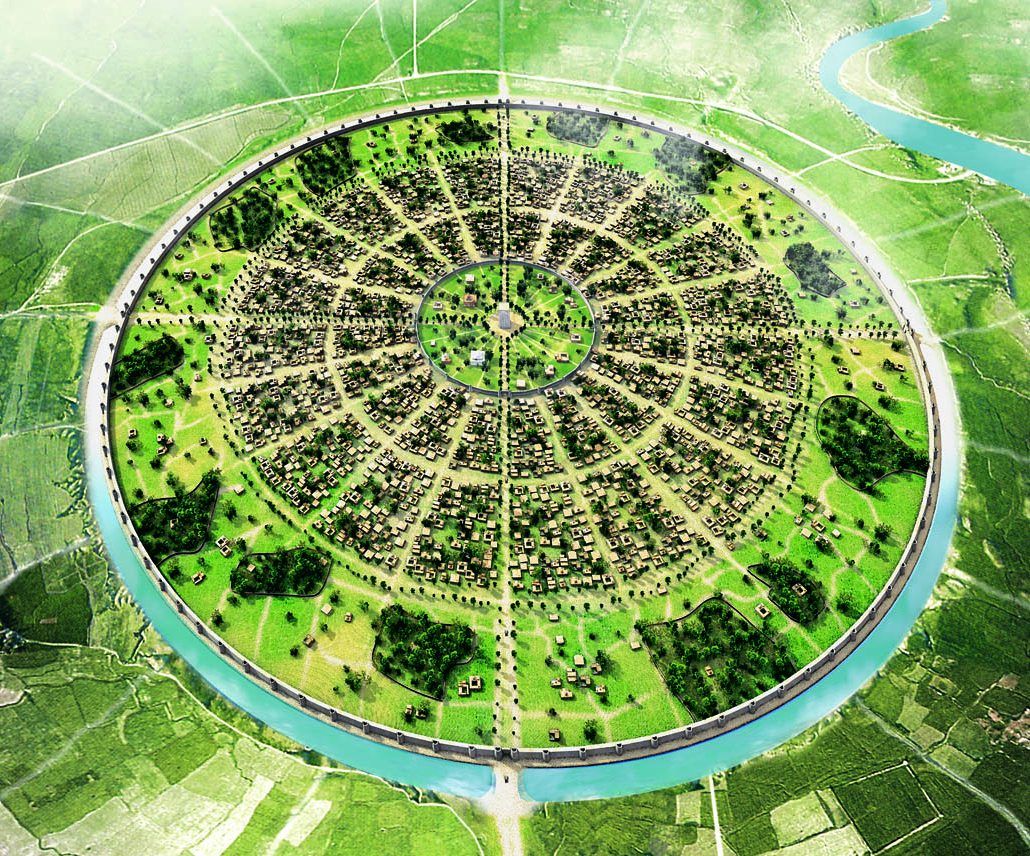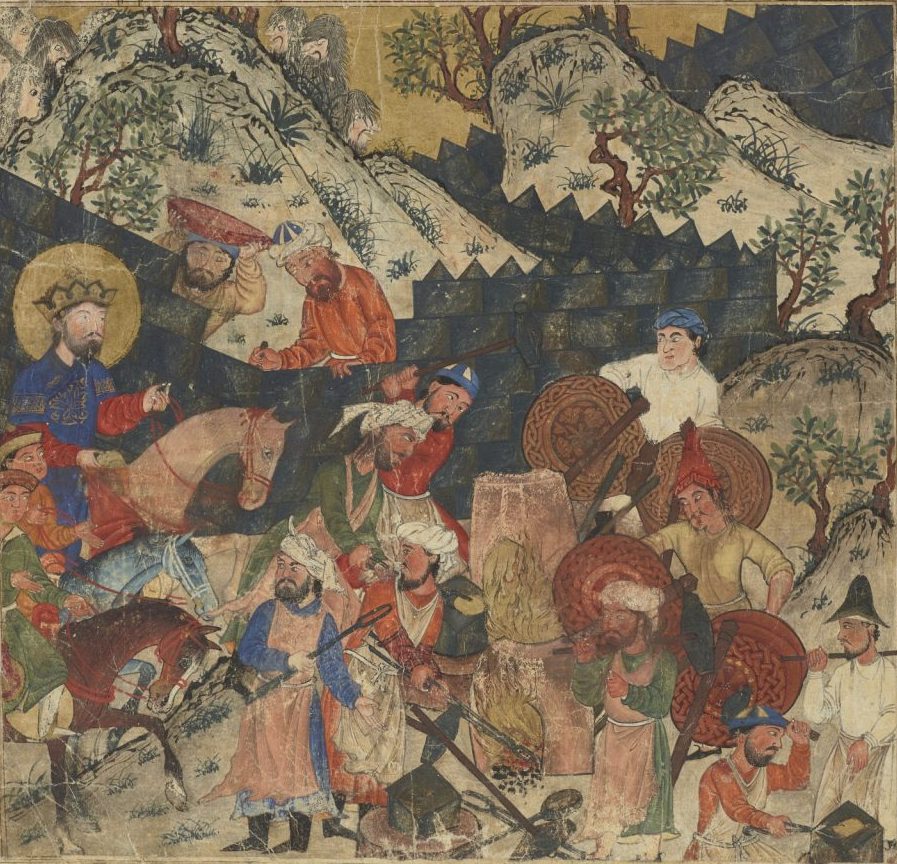Pourdavoud Center Lecture Series: Everett Wheeler
Royce 306 10745 Dickson Plaza, Los Angeles, CADr. Everett Wheeler of Duke University will present his research on “Parthians in the Roman Army” for the Pourdavoud Center on January 15, 2020. Parthians in the Roman Army The open frontier along the Euphrates River between the Roman and Parthian empires by no means marked a cultural divide. From the time of Pompey on,...

